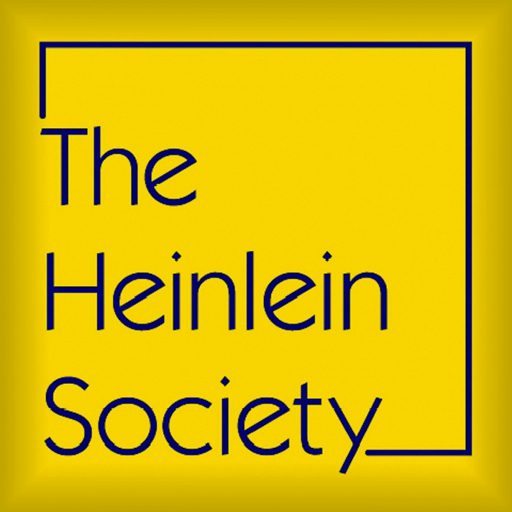The Lost Manuals
by J. Neil Schulman
This is copyrighted material and may not be copied or reproduced in any form, including on other websites, without permission of the copyright holder.
©1988, 1999 J. Neil Schulman. All rights reserved. Used here by permission of the author.
Sooner or later we all imagine there’s a set of technical manuals our parents were supposed to give us at birth with instructions on How Life Works.
Not that thick book called The Purpose of Your Life. You get that one later. These are “How To” manuals. Each is called Getting By When You’re Up The Creek Without a Paddle, Fighting Back When You’re Sick of Getting Pushed Around, Love — What It is and How to Survive It, or How to Keep From Going Crazy When Everyone Around You Already Is.
Obviously, sometime before you were born, your parents pawned the manuals for a down payment on a Chevy. Or maybe the tomes went overboard when their parents emigrated to America. Or were they incinerated during the big library fire in Alexandria?
Anyway, people keep fudging up replacements. You’ll find them in the Philosophy section, the Psychology section, the Science section, and (Someone help you) the UFO Abduction/Tarot/Astrology/Numerology section.
Look no further: you’ll find the closest thing to the Lost Manuals in the science fiction section: the author was Robert A. Heinlein.
An engineer by trade, Heinlein knew that while machines can be duplicated, people can’t be: no set of engineering instructions could apply to several billion individuals. He gave basic working diagrams; folks would have to jury-rig things from there.
Heinlein wrote fiction because that’s what non-engineers could understand best — and he set his stories in strange lands because things were changing so fast that any land we encounter was bound to be.
Take the Lost Manual titled Getting By When You’re Up the Creek Without a Paddle. Heinlein wrote several versions, each with a different slant. In Tunnel in the Sky teenagers on a two-week survival test find themselves stranded on a virgin planet, probably for good. In Job: A Comedy of Justice a preacher on vacation finds that while God might not play dice with the universe, it’s only because He prefers other games.
In Citizen of the Galaxy a boy is sold into slavery to a crippled beggar … and eventually concludes this was the best thing that ever happened to him. And in Have Space Suit — Will Travel a high school senior is abducted by a UFO, and ultimately finds himself in a distant courtroom appointed Clarence Darrow for the entire human race; this novel comes close to combining all the Lost Manuals into one.
Love — What It Is and How to Survive It: Heinlein wrote this several times, also. In The Door Into Summer a poor inventor lives through his fiancee turning into as much fun after work as Lucrezia Borgia; cryonics and a time machine give him a second shot at love. Time travel also helps Lazarus Long in Time Enough For Love find love a second time. It takes him 23 centuries to find the woman of his dreams but it turns out to be his own mother. (See previous Manual.)
As for How to Keep from Going Crazy When Everyone Around You Already Is — Heinlein considered most people “candidates for protective restraint.” Stranger in a Strange Land is Heinlein’s best attempt here. But try figuring out which characters aren’t already crazy.
Fighting Back When You’re Sick of Getting Pushed Around was Heinlein’s favorite topic. His early novel If This Goes On — , included in The Past Through Tomorrow, has a preacher combining the worst of Pat Robertson, Jimmy Swaggart, and Orel Roberts elected president; a century later a Masonic Cabal is taking on the American theocracy run by the Prophet Incarnate. Methuselah’s Children (also in TPTT) has Lazarus Long’s tribe fleeing Earth to escape genocide.
Heinlein wrote four other novels of revolution. In Sixth Column super-science drives out the Pan-Asian conquerors of America. In Red Planet colonial rebels on Mars seek Martian help against absentee rulers on Earth. In Between Planets the rebellion stretches from Venus to Mars: this is my nomination for Robert A. Heinlein’s best-written novel.
The Moon is a Harsh Mistress is Heinlein’s libertarian classic — the Atlas Shrugged of science fiction. The revolution is on the moon; its leaders have read Ayn Rand; and one of them, Professor Bernardo de la Paz, is based on Heinlein’s old buddy, Robert LeFevre of Rampart College.
Robert A. Heinlein, in his half-century career, wrote over 45 books selling forty million copies worldwide. A mindful history will place him alongside Dickens and Twain.
We must cry that his pen has been set down for the last time: we can rejoice at the immense lost legacy he has regained for us.



